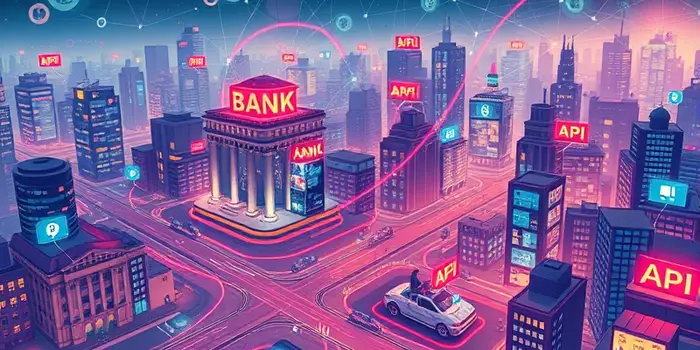
In today’s digital era, the API economy stands as a transformative force, redefining the way financial services are delivered and consumed.
The term API economy describes an ecosystem where application programming interfaces serve as reusable assets, enabling companies to expose business capabilities and data as products. Far beyond a technical framework, this paradigm fosters collaboration across organizational boundaries and ignites innovation.
Historically, financial institutions relied on monolithic systems with tightly coupled integrations. The shift to APIs began as technology teams sought more agility, ultimately propelling a broader digital transformation. Regulations such as PSD2 and global open banking mandates further accelerated this evolution.
APIs are the building blocks of modern finance. By providing modular, self-contained software components, they enable rapid iteration and seamless integration of new services.
Embedded finance, one of the standout innovations, weaves financial products—payments, lending, insurance—directly into non-financial platforms. Consumers shopping online can checkout via integrated payment APIs without leaving the merchant’s site, creating a frictionless experience and boosting conversion rates.
Open banking regulations require banks to share customer data securely with authorized third parties. This shift has spawned fintech platforms that aggregate account information, deliver personalized insights, and foster competition, all underpinned by robust API standards.
The API economy has given rise to novel business models that reshape industry boundaries and revenue streams.
These models not only generate new revenue opportunities but also democratize access to sophisticated financial capabilities, leveling the playing field for smaller innovators and global giants alike.
While the potential is vast, APIs introduce complexity that requires careful governance and security measures.
Implementing a robust API management platform streamlines these concerns, providing analytics, policy enforcement, and developer portals for controlled, transparent interactions.
The financial services sector has witnessed exponential growth in API-driven innovation. In 2023, global fintech investments reached $113.7 billion, a clear reflection of confidence in API-enabled solutions.
Leading API players include Stripe for payments, Plaid for account aggregation, and neobanks such as Revolut and N26, each leveraging specialized APIs for lending, KYC, and fraud prevention.
Despite the promise, the API economy faces hurdles that must be addressed to sustain growth.
Organizations must adopt a holistic strategy, balancing innovation speed with rigorous risk management and continuous monitoring to maintain trust.
The future of financial services is inseparable from the evolution of the API economy. Banks, fintechs, and third-party platforms will collaborate in increasingly sophisticated ecosystems, delivering hyper-personalized, context-aware services.
We can expect:
By embracing open platforms and cultivating developer communities, financial institutions will transition from closed monoliths to dynamic marketplaces of ideas and services, unlocking unprecedented opportunities for growth and customer value.
Ultimately, the API economy is not just a technological shift—it is a paradigm for collaboration, innovation, and value creation that will define the next chapter of financial services.
References





